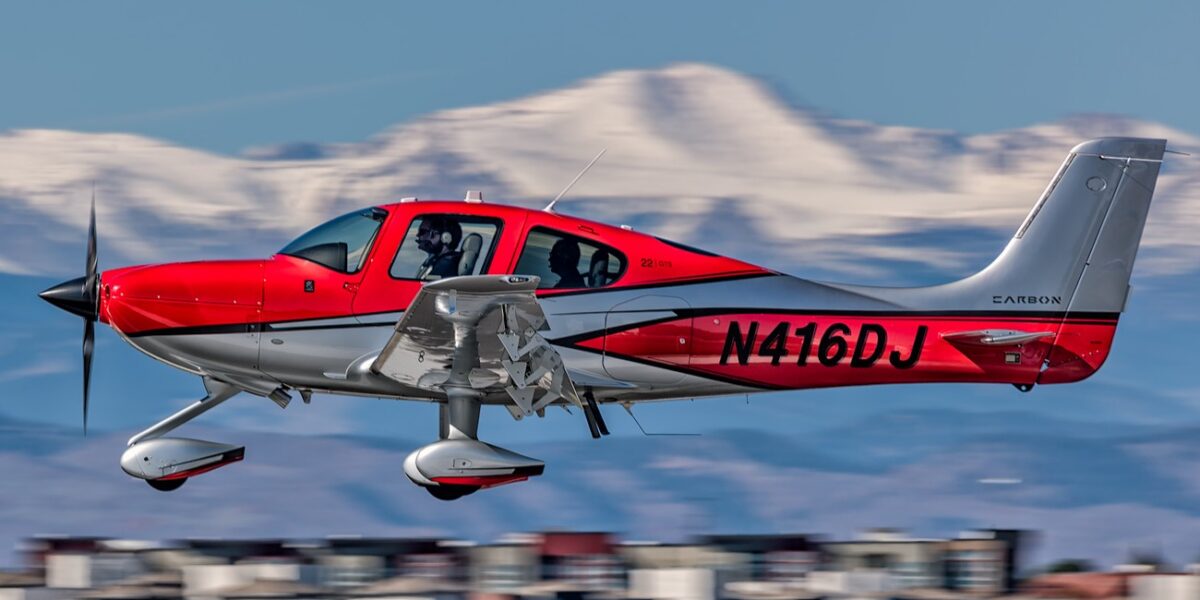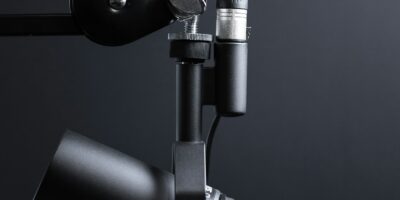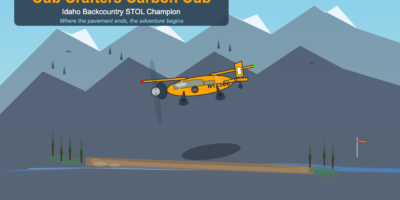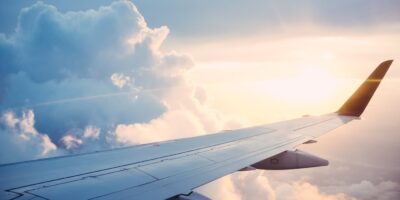Pilots shopping for high-performance singles often narrow their choices to the Beechcraft Bonanza and Cirrus SR22. Both aircraft cruise above 170 knots, carry four people comfortably, and represent the pinnacle of piston-engine performance. The decision between these speed demons comes down to priorities: traditional aviation versus modern technology, proven longevity versus innovative safety systems.
Quick Answer: The Beechcraft Bonanza V35 cruises at 175 knots with a 285 hp Continental IO-520, while the Cirrus SR22 reaches 183 knots with a 310 hp Continental IO-550. The Bonanza offers 1,000+ pound useful load and a 70-year proven design. The SR22 includes a whole-aircraft parachute system and modern Garmin avionics. Bonanzas cost $80K-$300K used; SR22s run $300K-$900K depending on year.
Speed and Performance Comparison
The SR22 holds a slight speed advantage, cruising at 183 knots compared to the Bonanza’s 175 knots. Both climb over 1,000 feet per minute at sea level with two occupants. The Bonanza’s service ceiling reaches 18,500 feet, while the SR22 tops out at 17,500 feet. Takeoff distances are similar at 1,500-1,800 feet over obstacles.
The Bonanza burns 15-16 gallons per hour in cruise, while the SR22 consumes 16-17 GPH. Range with standard tanks favors the Bonanza at 850 nautical miles versus the SR22’s 1,000+ miles with long-range tanks. The SR22’s composite construction provides slightly better fuel efficiency per pound of aircraft weight.
Handling Characteristics
The Bonanza’s V-tail configuration provides lighter control forces and sportier handling. The aircraft feels more responsive in pitch and roll. Stall characteristics are gentle with adequate warning. The manual landing gear requires pilot discipline but is mechanically simple. Ground handling is straightforward with the conventional nosewheel arrangement.
The SR22 uses a side-stick controller instead of a traditional yoke. The control system feels lighter and more direct. The composite airframe flexes differently than aluminum, creating a unique feel. The fixed tricycle gear simplifies operations. The castering nosewheel requires differential braking for tight turns. The SR22’s heavier wing loading creates a smoother ride in turbulence.
Safety Systems and Technology
The SR22’s Cirrus Airframe Parachute System (CAPS) represents its most significant safety feature. The ballistic parachute deploys the entire aircraft in emergencies, providing an ultimate backup option. Cirrus statistics show CAPS has saved over 100 lives. The system adds weight and requires regular repacking every 10 years at $15,000.
The Bonanza relies on traditional safety through robust construction and predictable handling. The all-metal airframe has survived 70+ years of refinement. No parachute system exists, requiring pilots to manage emergencies through piloting skills. The proven design shows lower accident rates than the overall GA fleet when flown by properly trained pilots.
Avionics and Cockpit Technology
Modern SR22s come standard with Garmin G1000 or Perspective+ glass cockpits. The integrated system includes synthetic vision, traffic systems, weather radar, and advanced autopilots. The avionics suite represents the latest technology with regular software updates. The electronic systems simplify single-pilot IFR operations significantly.
Older Bonanzas feature traditional round gauges, though many have been upgraded with modern GPS and autopilots. Panel space accommodates extensive modifications. Some Bonanzas now sport glass panels including Garmin G500 or Aspen displays. The traditional panel layout appeals to pilots who learned on conventional instruments. Upgrading avionics in a Bonanza costs $30,000-$100,000 depending on scope.
Operating Costs Analysis
The Bonanza’s operating costs run approximately $200-$250 per hour including fuel, maintenance, insurance, and reserves. Engine overhauls occur every 1,700-2,000 hours costing $40,000-$50,000. Annual inspections typically cost $3,000-$5,000. Parts availability is excellent with aftermarket support.
The SR22 costs $250-$350 per hour to operate. Engine TBO is 2,000 hours with overhauls costing $50,000-$60,000. Composite repairs require specialized shops charging premium rates. Annual inspections run $4,000-$6,000. The CAPS repack every 10 years adds $15,000. Insurance costs are higher due to the aircraft’s value and performance.
Useful Load and Cabin Space
The Bonanza V35 offers approximately 1,060 pounds useful load. With full 74-gallon fuel tanks (444 pounds), payload is 616 pounds. The cabin width is 42 inches at the shoulders. Four adults fit comfortably on trips under two hours. Baggage capacity reaches 270 pounds split between nose and rear compartments.
The SR22 provides 1,050-1,150 pounds useful load depending on the model. Full fuel (81-92 gallons, 486-552 pounds) leaves 500-650 pounds for occupants and bags. The cabin is 49 inches wide, slightly roomier than the Bonanza. Rear seat legroom is generous. Baggage area holds 130 pounds behind the rear seats.
Resale Value and Market Considerations
Bonanzas hold value exceptionally well, with 1970s models selling for 60-70% of their inflation-adjusted original price. The aircraft appreciates as a classic design. Well-maintained examples sell quickly. The large fleet ensures parts availability and mechanic familiarity. Insurance is reasonable for experienced pilots.
SR22s depreciate like modern aircraft—expect 5-10% annual depreciation for the first 10 years. However, early 2000s models have stabilized in value. The CAPS system and modern avionics justify higher prices. The SR22’s popularity ensures strong demand. Financing is more readily available for SR22s due to their modern construction and safety features.
Join the Aircraft Insider Community
Get exclusive backcountry flying tips, aircraft reviews, and Western aviation destinations delivered to your inbox.
✈️ No spam, ever. Unsubscribe anytime. Privacy respected.




Leave a Reply